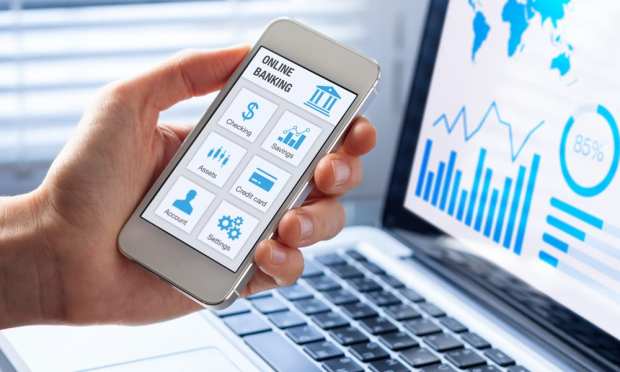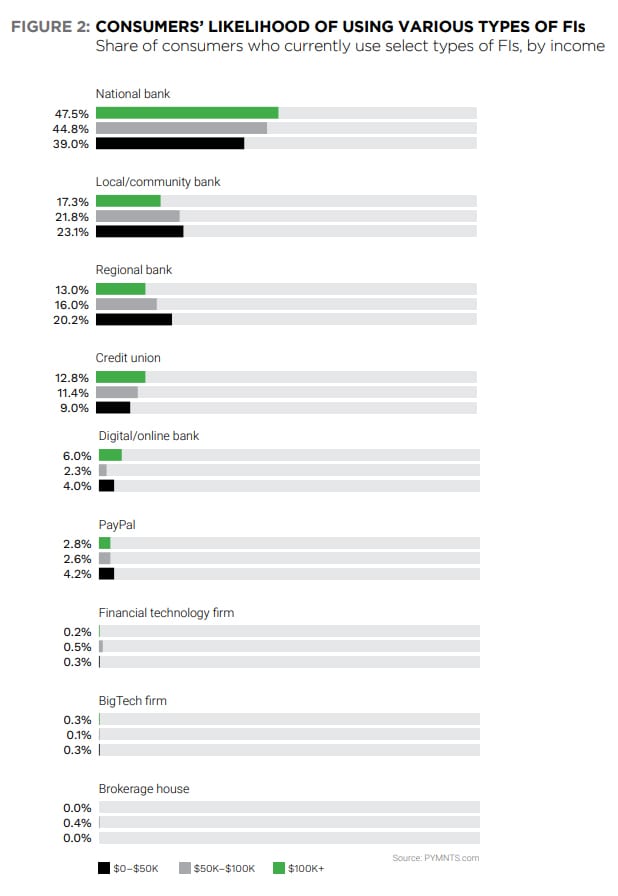SoFi Deals Point To Question: ‘Just What’s a Bank?’

The rise of FinTech, the increasing globalization of finance — and even ravages of the coronavirus, which is making us all bank and transact across phones — all have pointed to one simple, urgent question:
Just what is a bank, anyway?
We wouldn’t go so far as to say an existential crisis is in the works. But we would state that deal by deal, partnership by partnership, the evolution of the centuries-old industry is one that is quickening and is likely to be shaped at least in part by the current pandemic.
To that end, earlier this month FinTech firm SoFi made the leap beyond San Francisco to Hong Kong, having bought online brokerage firm 8 Securities. The financial terms of the deal were not disclosed. But the expansion, giving rise to the new SoFi Invest will offer “automated investing” and financial education.
The 8 Securities deal comes a few weeks after SoFi said it would spend $1.2 billion (in cash and stock) to buy Galileo Financial Technologies, which focuses on payments and bank account infrastructure.
The deal would give SoFi increased access to application programming interfaces (APIs) that in turn can let other firms offer financial products such as virtual cards and checking accounts.
SoFi obviously has been branching out beyond its previous core niche of student and personal loans. In one example from earlier this year, SoFi said that it had teamed up with payments giant Mastercard, bringing the SoFi Money debit card to the FinTech’s roughly one million customers (used over Mastercard’s network) to link with Money Cash management accounts (with peer-to-peer (P2P) and check deposit functionality).
The deals offer a bit of illumination on how some of the lines are blurring in banking, where a previously offline business — you remember visits to the branch, of course — have by necessity given way to financial services done digitally.
It may be curious as to why SoFi would seek to scoop up two separate firms in the midst of a pandemic. Beyond what might be the lures of valuations coming down (and where, say, early FinTech investors might want to raise cash), it is the strategic intent that really matters.
Looking For The Continuum
And the strategic intent might be summed up with a single word: Continuum.
The shift toward digital and, specifically, mobile banking demands that a lot can be done across the confines of a small screen. That means being able to pivot between, say, checking your bank balance, sending money to a friend and making sure that last week’s credit card’s loyalty points balance is enough to pay for, say, an upcoming flight.
The expectations of a continuum of services will likely alter a landscape where up until recently the concepts of “banking” were segmented into concrete and discrete activities that fit neatly into defined relationships that consumers held with their FIs.
In a recent PYMNTS study, What is a Bank: What U.S. Consumers Think About the Key Issues Driving the Connected Economy, the more than 1200 individuals had some strong opinions on banks.
As many as 36.8 percent of them characterized them as institutions for savings and deposits; 27.1 percent said they are institutions that provide loans and make deposits.
Interestingly, that same survey, which tallied responses in February, before the coronavirus hit the U.S. hard, found that brick and mortar visits were an important part of the banking experience (according to 11 percent of consumers). That attitude likely got shifted a bit in the recent (and current) environment where banking at the branch has become either a no-go or an experience fraught with health concerns.
Our survey shows that 64.2 percent of consumers are either “very” or “extremely” likely to use or already use national banks, and 60.1 percent feel the same toward local and community banks.
As many as 34.2 percent of those who responded said they would be “very” or “extremely” likely to use or already use banking-like services from PayPal and 27.5 percent who would be “very” or “extremely” likely to banking-like services from digital and online banks.
Drilling down a bit, 47.3 percent of consumers are aware of digital and online banks, and 31.1 percent of consumers consider them to be traditional banks.
 The stage may be set, then, for a willingness to try new financial services, from the firms with which consumers interact everyday (a la Google and Apple, for example). As we noted in this space earlier in the week, in times of turmoil, consumers turn to trusted providers. And, as the infrastructure “plumbing” enables all manner of firms to offer checking and debit and financial management tools (check out our interview with Nigel Verdon, CEO of Railsbank here) even supermarkets are getting into the game — perhaps giving new meaning to the idea of “nest egg.”
The stage may be set, then, for a willingness to try new financial services, from the firms with which consumers interact everyday (a la Google and Apple, for example). As we noted in this space earlier in the week, in times of turmoil, consumers turn to trusted providers. And, as the infrastructure “plumbing” enables all manner of firms to offer checking and debit and financial management tools (check out our interview with Nigel Verdon, CEO of Railsbank here) even supermarkets are getting into the game — perhaps giving new meaning to the idea of “nest egg.”
The idea of a bank as the towering stone building now gives way to financial lives governed by swipes and apps — and the playing field broadens quite a bit.

